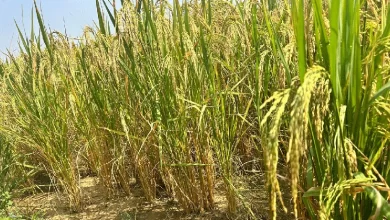
The initiative combines science and art, using the microscopic yet highly ornate structures of pollen grains (ranging from 10-100 µm) to inspire textile motifs
Hyderabad: The Osmania University on Wednesday announced the creation of a novel art form, ‘Paragamanjari’, which incorporates the intricate beauty of pollen morphology into textile design.
The initiative combines science and art, using the microscopic yet highly ornate structures of pollen grains (ranging from 10-100 µm) to inspire textile motifs. The result is a new category of design, blending nature’s intricate patterns with human creativity to produce a stunning range of fabrics.
The term ‘Paragamanjari’ derives from Sanskrit, with ‘Paraga’ meaning ‘pollen’ and ‘manjari’ signifying ‘design’. Coined by Dr. Allam Vijaya Bhasker Reddy, Assistant Professor in the Department of Botany at OU, and Shivani Netha, an MSc student, as part of her project work, the innovative design philosophy introduces a fresh artistic perspective akin to the famous Kalamkari, Pochampally, Dharmavaram, and Uppada traditions.
The concept has been submitted for patent protection and, once approved, is expected to make an impact on both the textile and design industries, the OU said.
What sets ‘Paragamanjari’ apart is its unique inspiration drawn from the ornamental patterns of pollen, marking the first time that such natural microscopic elements have been incorporated into textile design, it said.
The project’s success represents an important collaboration between botany and textile technology, elevating the study of palynology—the science of pollen—beyond its traditional academic boundaries. By integrating these scientific elements into textile design, ‘Paragamanjari’ also paves the way for its inclusion in future textile technology curricula, highlighting the synergy between natural science and creative industries, the university added.







